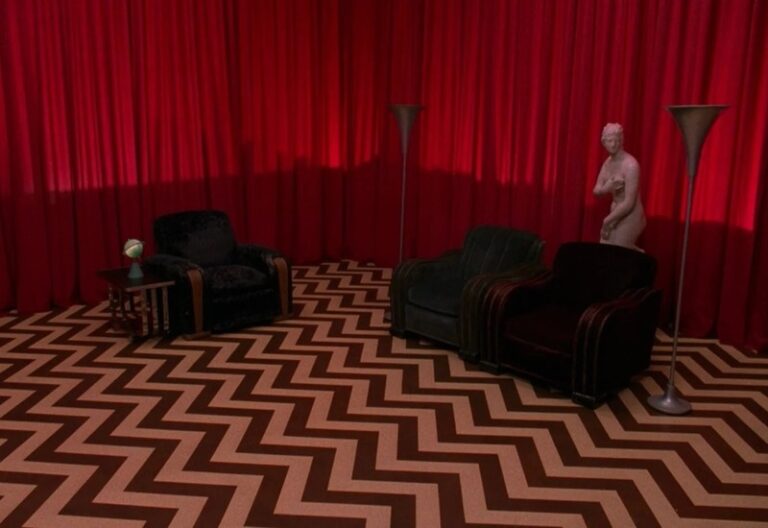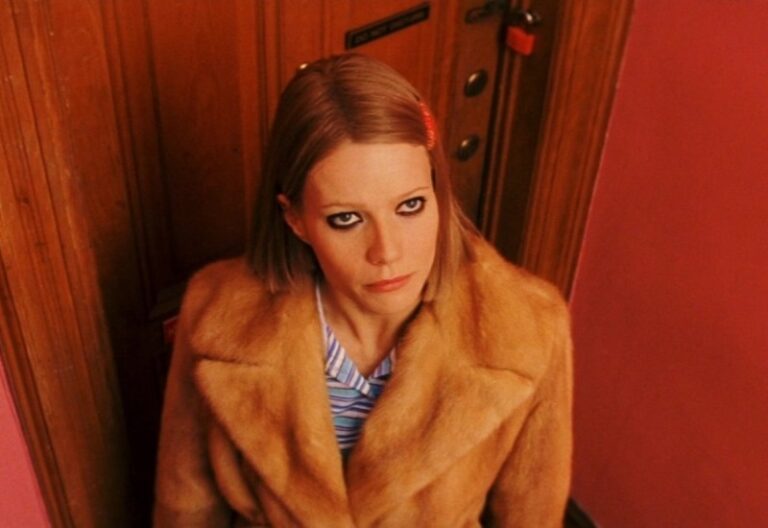new sincerity films
In an era dominated by irony and cynicism, New Sincerity rose as a stark contrast. Rather than mocking emotion or subverting genre expectations, New Sincerity films embrace vulnerability, authenticity, and genuine human connection. The aim is not to create emotional distance, but to encouraging empathy over critical detachment.
Published by: CinemaWaves Team | Filed Under: Film Blog
What Is New Sincerity?
At its core, New Sincerity is a cultural and artistic trend that embraces the expression of emotions and authenticity. It started as a counterpoint to the irony and detachment that dominated much of late 20th-century popular culture. Rather than mocking sincerity or distancing itself through sarcasm, New Sincerity embraces vulnerability and emotional truth. It seeks a genuine connection with its audience—leaning into life’s contradictions with compassion instead of critique.
The term is often associated with the novelist David Foster Wallace, who in the 1990s advocated for a new form of artistic engagement—one that would move beyond the cleverness and cynicism of postmodernism. In his influential essay “E Unibus Pluram,” Wallace argued that irony had become a cultural dead end. He envisioned a wave of creators willing to risk appearing “naive” or “sentimental” in the pursuit of honest, meaningful communication. Over time, this outlook began to influence various forms of media, from literature and television to music and film.

Development of
New Sincerity in Film
In cinema, New Sincerity is reflected through a rejection of irony-laden narratives and focuses on characters that are emotionally sincere, morally conscious, and often hopeful. These films don’t rely on mockery or detachment, instead, they invite audiences to empathize with flawed but authentic characters. The result is storytelling that favors heartfelt exploration over clever commentary. These works acknowledge life’s messiness, but respond with empathy rather than cynicism. While some of these films display a sense of self-awareness, it doesn’t undercut their emotional weight, it enhances it.
This movement also serves as a response to the pervasive irony of 1990s and early 2000s pop culture, seen in the meta-horror of “Scream” (1996) or the emotional detachment of shows like “Seinfeld.” As audiences grew weary of this ironic detachment, New Sincerity offered something rarer—honesty, vulnerability, and a genuine appeal to human connection.
Hallmarks of
New Sincerity Films
A Sincere Tone: New Sincerity avoids sarcasm or meta-humor. It embraces emotion without apology, allowing moments of joy, sadness, and awkwardness to land with full weight. Even when humorous, it comes from a place of warmth rather than mockery.
A Belief in Connection: Relationships—romantic, platonic, or familial—are at the core of these films. They highlight the importance of human connection as a source of meaning, often through quiet, intimate moments rather than dramatic declarations.
Moral Engagement: While not preachy, these films commonly explore questions of kindness, integrity, and personal responsibility. They value characters who try to do good in a complicated world, even if they stumble along the way.
Emotionally Open Characters: These films center on characters who wear their hearts on their sleeves. They’re flawed, vulnerable, and navigating life with emotional honesty.
A Sense of Hope: Despite hardships, there’s usually a soft undercurrent of hope.

Best Examples of
New Sincerity in Film
“The Straight Story” (1999) by David Lynch: Perhaps David Lynch’s most unexpected film, The Straight Story is a story of an elderly man riding a lawnmower to reunite with his estranged brother. Simple, but it’s told with such profound empathy and dignity that it transcends sentimentality.
“The Life Aquatic with Steve Zissou” (2004) by Wes Anderson: Beneath its eccentric visuals and deadpan humor, the film offers a surprisingly tender exploration of loss, aging, and the desire for legacy. Steve Zissou, a washed-up documentarian chasing one last adventure, is more than just a quirky protagonist—he’s a person struggling to find meaning and reconnect with those around him.
“Frances Ha” (2012) by Noah Baumbach: This collaboration with Greta Gerwig walks the line between comedy and melancholy, capturing the uncertainty of young adulthood. Frances’ awkwardness and ambition are not played for mockery; the film celebrates her struggle to find meaning and identity.
“Boyhood” (2014) by Richard Linklater: Filmed over twelve years with the same cast, Boyhood is a quiet, deeply personal meditation on growing up. There are no dramatic twists, just the slow, steady passage of time and the evolution of a boy into a man. It’s an extraordinary example of emotional realism, where the mundane becomes meaningful simply because it’s observed with care and honesty.
“Paterson” (2016) by Jim Jarmusch: This quietly poetic film centers on a bus driver and aspiring poet named Paterson, who lives a life of gentle routine in a small New Jersey town. Through his daily observations and handwritten verses, the film reveals profound beauty in the ordinary. Jarmusch crafts a meditative, sincere portrait of creativity, love, and quiet fulfillment, free from drama or irony.
Refer to the main page for more educational insights on filmmaking and cinema history.
Film theory is the academic discipline that explores the nature, essence, and impact of cinema, questioning their narrative structures, cultural contexts, and psychological…
Postmodernist film emerged in the latter half of the 20th century, rooted in the broader cultural and philosophical movement of postmodernism. It started as a reaction to the…
The term “Lynchian” has been used to describe a unique blend of the mundane and the bizarre, where eerie undercurrents lie beneath everyday realities. Coined to encapsulate…
American eccentric cinema is a distinctive style of filmmaking that surfaced in the late 20th and early 21st centuries, characterized by its quirky characters, whimsical…
Structuralist film theory is a fascinating and important approach to cinema that emerged in the mid-20th century. Based on linguistic and anthropological structuralism, this theory…
In the ever-evolving landscape of cinema, there are movements that challenge the glitz and glamour of Hollywood and opt for a more authentic, unscripted approach. One such…






